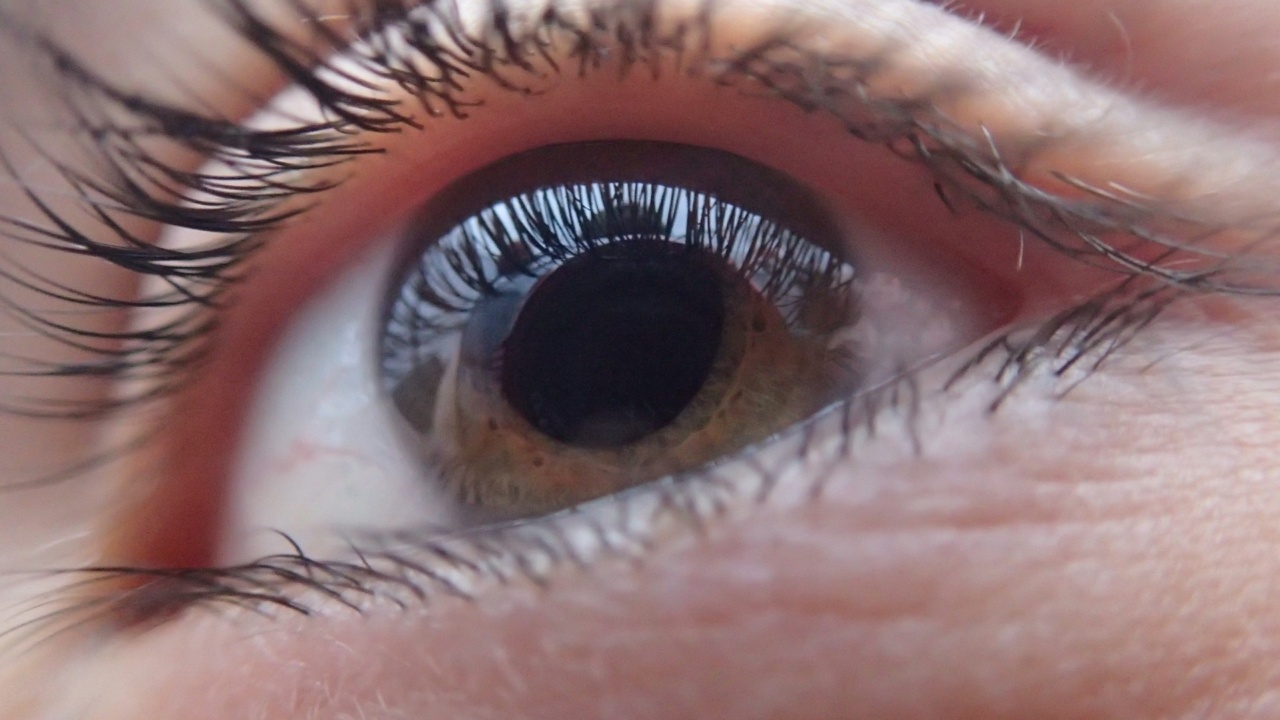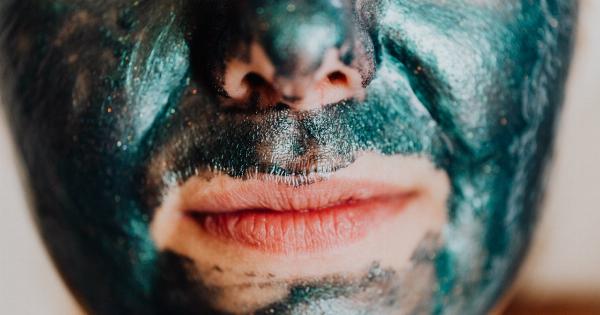Diabetes is a condition that affects millions of individuals worldwide. It is a chronic condition that results from the body’s inability to properly process blood sugar.
Although many individuals with diabetes focus on managing their blood sugar levels, the condition can impact various systems in the body, including the skin.
In this article, we will explore how diabetes can affect the skin and provide a visual guide to identifying potential skin problems that may arise in individuals with diabetes.
H2: How Diabetes Affects the Skin
Individuals with diabetes are more prone to developing skin conditions than those without diabetes. This is because high blood glucose levels can damage the small blood vessels and nerves in the body, including the skin.
Here are some examples of how diabetes can affect the skin:.
H2: Diabetic Dermopathy
Diabetic dermopathy is a skin condition that is common in individuals with diabetes. It usually presents as reddish-brown, scaly patches on the skin, which are usually found on the fronts of the legs.
Although the patches may look alarming, they are not usually itchy or painful.
Diabetic dermopathy is caused by changes in the blood vessels that occur in individuals with diabetes. The patches may appear to be circular or have an oval shape. Over time, the patches may fade, leaving a slightly indented mark on the skin.
H2: Digital Sclerosis
Digital sclerosis is a condition that affects the fingers and toes of individuals with diabetes. It presents as thick, waxy skin that may feel stiff and uncomfortable.
The skin may also appear shiny and tight, making it difficult to move the fingers or toes normally.
Digital sclerosis is caused by changes in the connective tissue within the skin, which can occur due to elevated blood glucose levels. If left untreated, digital sclerosis can lead to joint stiffness and limited mobility.
H2: Necrobiosis Lipoidica Diabeticorum
Necrobiosis lipoidica diabeticorum is a skin condition that usually affects the lower legs of individuals with diabetes. It presents as yellow-brown patches on the skin, which may have a shiny, atrophic appearance.
The patches may also be surrounded by an area of reddish-brown pigmentation.
Necrobiosis lipoidica diabeticorum is caused by changes in the blood vessels and connective tissue, which can occur due to high blood glucose levels. The patches may be itchy or painful and can become ulcerated over time.
H2: Atherosclerosis
Atherosclerosis is a condition that occurs when plaque builds up on the walls of the blood vessels, causing them to narrow and become less flexible.
Individuals with diabetes are more prone to developing atherosclerosis due to changes in the blood vessels that occur in response to elevated blood glucose levels.
Although atherosclerosis can occur anywhere in the body, it can have a particular impact on the lower legs of individuals with diabetes.
Reduced blood flow to the lower legs can lead to skin problems, such as slow-healing wounds and the development of ulcers.
H2: Foot Problems
Foot problems are a common issue among individuals with diabetes. Neuropathy, which is damage to the nerves in the feet, can result in reduced sensation and increased vulnerability to injury.
Poor circulation can also increase the risk of infections and slow-healing wounds.
If left untreated, foot problems can lead to serious complications, including lower-limb amputations. It is important for individuals with diabetes to inspect their feet regularly and seek medical attention for any signs of injury or infection.
H2: Eruptive Xanthomatosis
Eruptive xanthomatosis is a skin condition that usually affects individuals with poorly controlled diabetes. It presents as small, yellowish-brown bumps on the skin, which may be itchy or tender.
The bumps usually appear on the buttocks and thighs, but can also occur on other parts of the body.
Eruptive xanthomatosis is caused by elevated levels of blood triglycerides, which can occur in individuals with poorly controlled diabetes. The condition usually resolves with improved blood glucose and lipid control.
H2: Infections
Individuals with diabetes are more prone to developing infections due to changes in the immune system that occur in response to high blood glucose levels. Infections can occur anywhere in the body, but are particularly common on the skin.
Some examples of skin infections that can occur in individuals with diabetes include:.
- Bacterial infections, such as cellulitis or impetigo
- Fungal infections, such as athlete’s foot or ringworm
- Viral infections, such as herpes simplex or shingles
If you notice signs of infection on your skin, such as redness, swelling, or warmth, it is important to seek medical attention promptly.
H2: Skin Care Tips for Individuals with Diabetes
Although diabetes can have a significant impact on the skin, there are steps that individuals can take to minimize the risk of skin problems. Here are some skin care tips for individuals with diabetes:.
- Inspect your skin regularly for signs of skin problems, such as rashes, bumps, or discoloration
- Keep your skin clean and dry, particularly in areas prone to moisture, such as the feet and groin
- Use moisturizer to prevent dry skin, but avoid applying it to areas prone to skin folds or irritation
- Avoid exposing your skin to extreme temperatures, such as hot water or cold weather
- Wear breathable, loose-fitting clothing that does not rub against the skin
- Protect your skin from the sun by wearing sunscreen or protective clothing
- Do not smoke, as smoking can worsen skin problems and slow healing
By following these tips, individuals with diabetes can help minimize the risk of skin problems and maintain healthy-looking skin.
H2: Conclusion
Diabetes can have a significant impact on the skin, leading to a variety of skin conditions and complications.
However, by taking steps to manage blood glucose levels and follow good skin care practices, individuals with diabetes can minimize the risk of skin problems and maintain healthy-looking skin. If you notice any changes to your skin, it is important to seek medical attention promptly to prevent complications.































